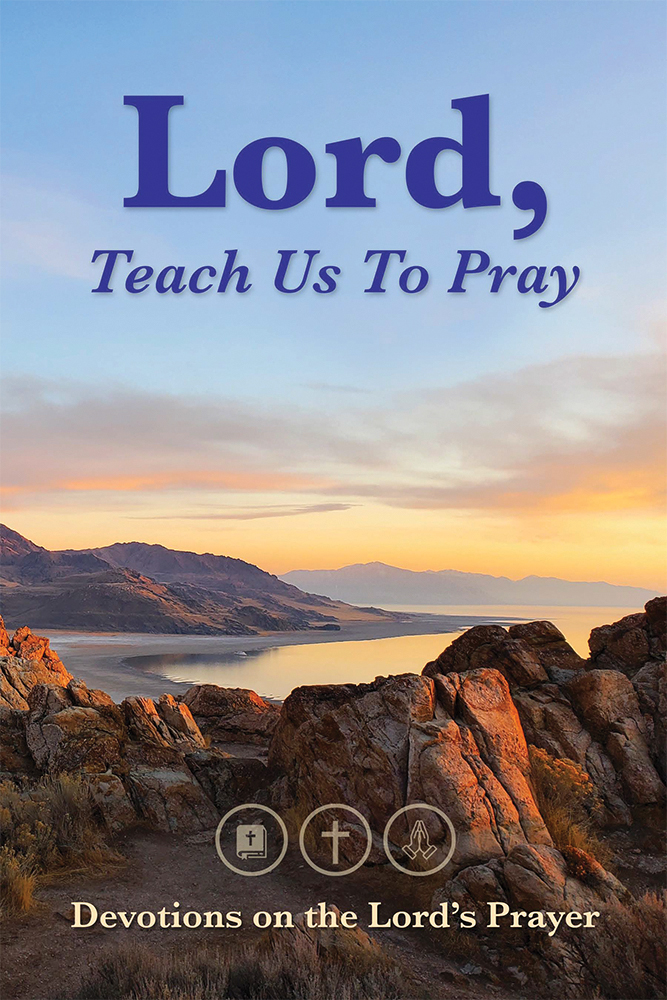
[Note: This blog post is part of the Questions About Bible Translations Series.]
Choosing a Bible translation can feel overwhelming. With so many options available, how do we know which one is best for reading, study, or sharing?
The good news is this: God’s Word remains true and powerful, even when expressed through different translations. While no translation is perfect, many are faithful—carefully crafted to help people hear the voice of God in their own language.
Let’s take a closer look at four widely used English translations: the New International Version (NIV), the English Standard Version (ESV), the Christian Standard Bible (CSB), and the Evangelical Heritage Version (EHV). Each brings its own strengths—and some limitations.
New International Version (NIV)
Strengths: The NIV is one of the most widely used Bible translations in the world. It aims to strike a balance between word-for-word and thought-for-thought translation. This makes it easy to read and understand, especially for new Bible readers, younger audiences, and devotional use.
Weaknesses: Some of the NIV’s translation choices prioritize readability over literal accuracy, which can occasionally result in paraphrased meanings rather than precise wording. Among other things, the 2011 update also sparked discussion over gender-inclusive language, which can be theologically unclear in certain contexts.
English Standard Version (ESV)
Strengths: The ESV is known for its word-for-word approach and literal accuracy, making it a favorite for serious Bible study, preaching, and theological work. It maintains a more formal tone while preserving the beauty of traditional language structures.
Weaknesses: Because of its more rigid literalness, the ESV can occasionally feel less natural to read aloud or harder to grasp in devotional settings. Its structure may challenge readers unfamiliar with older or more formal writing styles.
Christian Standard Bible (CSB)
Strengths: The CSB offers a modern and engaging reading experience while seeking to remain faithful to the original texts. It uses a translation philosophy called “optimal equivalence,” blending accuracy with clarity. It reads smoothly, especially in narrative sections, and is accessible for a wide audience.
Weaknesses: Some critics note that the CSB occasionally smooths over theological nuances in pursuit of clarity. While well-intentioned, this can sometimes weaken the connection to more technical or precise doctrinal language.
Evangelical Heritage Version (EHV)
Strengths: Developed by confessional Lutheran pastors and scholars, the EHV combines accuracy, clarity, and reverence for the original texts. It intentionally avoids theological bias and is sensitive to traditional Lutheran understanding. Many find it balanced and devotional while remaining faithful to the Hebrew and Greek.
Weaknesses: The EHV is a newer translation, and while it’s growing in use, it may not be available in as many formats or study Bibles. Because it’s newer, fewer churches outside Lutheran circles are familiar with it.
Final Thoughts
No one translation fits every purpose. Some are ideal for deep study. Others excel in devotional reading or sharing Scripture with new believers. What matters most is that the translation you choose is faithful to God’s Word and leads you to see Jesus clearly.
A Prayer
Lord, thank you for providing your Word in so many languages and translations. Help me choose a Bible that speaks clearly, faithfully, and draws me closer to you. Lead me to trust your promises, no matter the version, and to live by your truth. In Jesus’ name. Amen.
Did you enjoy this post? Subscribe for free devotional content every week!
Scripture references come from the Holy Bible: Evangelical Heritage Version. Click here to learn more about this translation. Have questions about the Bible itself? Check out a helpful series here.


Leave a Reply